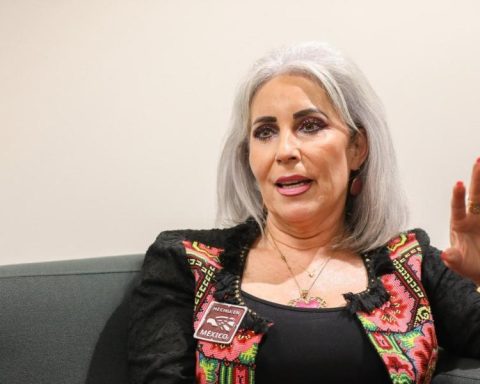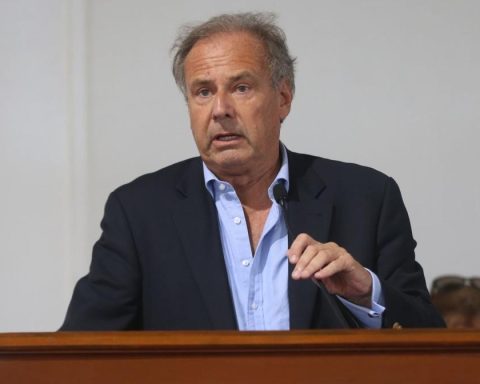One of the challenges facing the logistics and supply chain industry is that manufacturers, distributors and retailers need to move more goods to more places, but in the most efficient and sustainable way possible. According to the Ellen MacArthur Foundation, raw materials represent between 40% and 60% of the basic costs that manufacturing companies have to make. The costs are high because most of these resources are imported and scarce, including fossil fuels.
Using ecological alternatives, in addition to being an economical option that pays for compliance with environmental regulations, implies savings that will help the financial well-being of industries. However, there is still the false belief that integrating circular economy solutions that contribute to caring for the environment in business can be expensive, but in reality it is quite the opposite. It is a fact that an investment is required, however, you have to think about the return that this can bring when saving on the use of resources.
Under this scenario, thinking about creating synergies between the actors involved in this industry is key to solving common challenges and, at the same time, saving time, money and natural resources. In addition to this, the topic of the UN Sustainable Development Goals (SDG) is presented, which represent a parameter for the sustainable actions of companies around the world.
Today companies are designing a business model also considering the factor of being sustainable, something that offers tangible benefits throughout the supply chain. Based on this, the circular economy model plays an important role in this new vision acquired by brands around the world, thanks to everything it offers.
To better understand what the circular economy consists of, it is necessary to know the pooling model, a fundamental piece for this concept, it is a growing cycle of efficiency that reduces costs, as well as the use of resources. A practical example is that of CHEP, a Brambles company dedicated to managing, transporting and providing shared pallets in each of its markets; This company rents out its pallets and reuses them throughout the supply chain through -share and reuse-. This allows us to reduce the consumption of materials such as wood; reduce greenhouse gas (GHG) emissions, the main causes of climate change, and the development of the reprocessing and recycling industry.
In this sense, the logistics company takes its business model further for the benefit of the different industries with which it collaborates, in which year after year they certify their clients for the savings obtained in terms of sustainability throughout their operation. This recognition is the result of a life cycle analysis carried out by RDC Environment —global firm for research and evaluation of environmental impacts—, the record of savings is CO2, wood and waste generation.
This regenerative strategy imitates the cycle of nature, respecting the management of natural resources, optimizing the use of energy and promoting renewable options. Being a holistic and systemic system forces companies to have an alternative, innovative, and disruptive look, which leads to changes from within the organization. Each of the elements must coincide in the direction in which they are going to direct their activities.
This probably seems like a 360° change in organizations, however, the climate crisis we are facing globally calls for action as soon as possible. The circular economy represents a solution path that offers great benefits in the long term, it is a chain of positive activities that move the wheel towards a sustainable future.
*The author is Country General Manager CHEP Mexico.














